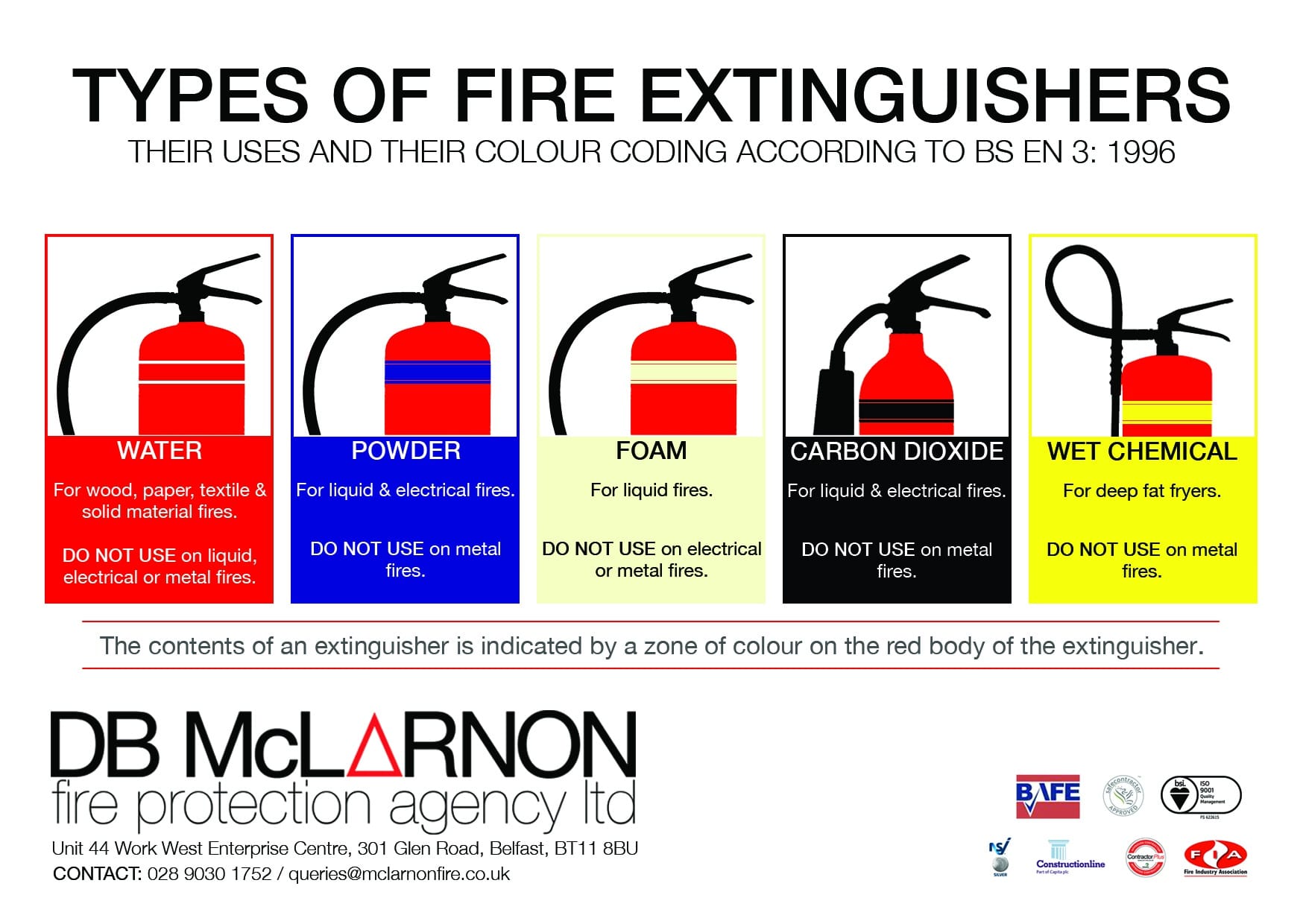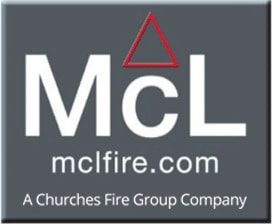Fire safety can seem daunting at times especially if you have no prior knowledge but having even some information about what to do if a fire breaks out can save lives. So below we have eight simple steps on fire safety for beginners
-
Plan an escape route.
Emergency escape plans save lives. Do you have one for your home? First, start by drawing a map of your home including windows, doors, and hallways. Identify main emergency exits like the front and back door. Come up with a primary emergency escape route and then contingency routes to follow if one way is blocked. Remember, in an actual fire, flames and smoke can make certain passageways impassable, so it’s important you think this through when planning an escape route. For instance, if you have upper floor bedrooms, you can buy fire ladders that unravel to help people escape quickly.
Once your fire escape plan is ironed out, have a fire drill. Again, use different scenarios to achieve better preparedness. For starters, have everyone lie in their beds to simulate a night fire. Then, practice escaping from common areas like the kitchen and living room. Also, consider the fact that smoke can decrease visibility significantly. Have a fire drill in complete darkness or with everyone’s eyes closed. Practice counting doors and sensing your whereabouts by touch instead of sight. The more practice you have in more scenarios, the better-prepared everyone will be in an actual emergency.
-
Extinguish the fire if you can.
If a fire starts in your home, call the fire department immediately while also assessing if you can put the blaze out yourself. This is hard to advise on because the call will be up to you. However, as long as professional help is on its way, you could attempt to use a fire extinguisher to put out small flames, so they don’t flash into 5-alarm fires. Go with your gut here though. If there’s too much smoke and a lot of heat, get yourself to safety. (See types below)

-
Rescue humans and pets first, belongings second.
In an actual fire, the only non-replaceable items are those that are living. Resist the urge to grab your laptop or jewellery. Instead, attend to family members and pets first. Rank them in order of who needs the most help (ie. a baby or disabled family member).
If there’s enough time, you can gather important documents like your driver’s license, birth certificate, marriage or divorce certificates, and photo albums. If there isn’t, forget about it. Preserving life is much more important than saving electronics or personal effects.
-
Stop, drop, and crawl.
Often times in fires, smoke and heat are more dangerous than the flames themselves. House fires can cause areas near the ground to reach 100 degrees or more and up to 600 degrees near ceilings. If there’s heavy smoke, drop to the floor where the air is cleaner and crawl to the nearest exit. Keep a piece of clothing or a towel over your nose to filter out the smoke and prevent yourself from passing out. Smoke rises, so more breathable air will be low to the ground.
-
Never take the elevator.
You should cover this in your fire escape plan, but let us reiterate: never take an elevator during a fire! You could become trapped or suffer a fall if the elevator fails or gives out. Always use the stairs or fire escape instead of an elevator.
-
Test doorknobs.
In an actual fire, you shouldn’t walk into any room without touching the doorknobs first. If there is heat, it’s probably not safe to enter. Opening doors can also increase airflow and accelerate the rate in which fire spreads.
-
Don’t panic.
Panicking can cloud your brain and prevent you from thinking clearly. If you’re trapped in a room during a fire, take a deep breath and remember this:
-
Close the door and plug up any cracks or vents with a blanket, clothes, or a towel to keep the smoke out.
-
Call 911 if you have a phone to let the authorities know where you are in the building.
-
If you don’t have a phone, yell for help.
-
If there’s a window, hang a piece of clothing or a cloth out the window to alert emergency crews.
-
Fires are undoubtedly terrifying, but keeping a clear head can keep you safer. Even if you’re not trapped, you should always take a second to calm yourself and think rationally about the proper steps to get everyone out safely.
-
Get out and stay out.
Once everyone in your family is out of your house, stay out. Don’t go back inside for anything—it’s too dangerous! The firefighters will be able to go back inside to save anything they can. That’s what they train for and they have gear to protect themselves. Also, remember to stay back 75 feet or more. Explosions are uncommon but could cause you to become injured if you’re too close.


Recent Comments